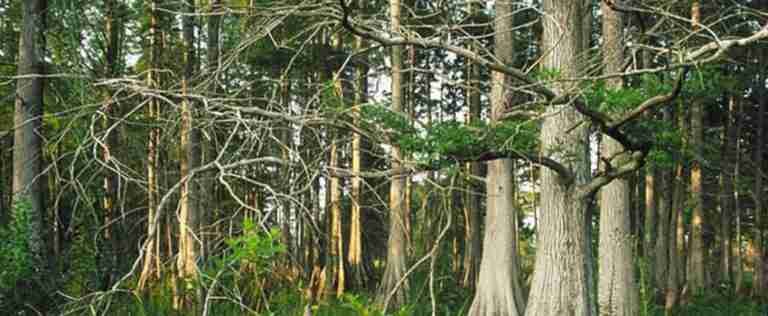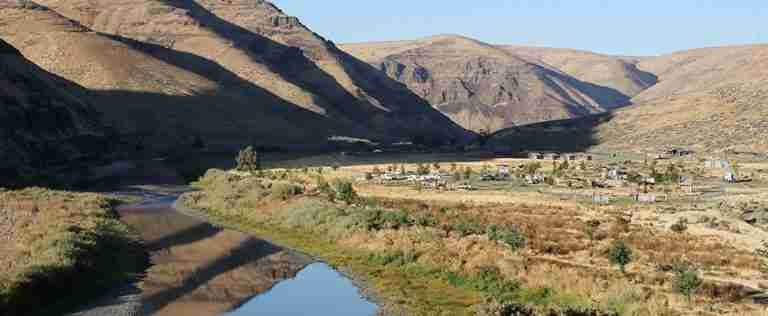The Ape Canyon Incident: A Closer Look at the Controversial Bigfoot Encounter

The Ape Canyon Incident is a well-known and controversial event in the history of Bigfoot folklore. In 1924, a group of miners in Washington state reported being attacked by a group of Bigfoot creatures, leading to a series of encounters that became known as the Ape Canyon Incident. The incident has been the subject of much debate and speculation over the years, with some people arguing that it was a genuine encounter with a mysterious and unknown species, and others suggesting that it was a hoax or a misunderstanding of known animals.
Despite the uncertainty surrounding the incident, it remains a significant part of Bigfoot mythology and continues to be a source of fascination for researchers and enthusiasts.
History Of The Ape Canyon Incident
The Ape Canyon Incident began on July 22, 1924, when a group of miners working in the Mt. St. Helens area of Washington state reported being attacked by a group of Bigfoot creatures. According to the miners, the creatures threw rocks at their cabin and tried to break through the door. The miners fought back with guns and explosives, eventually driving the creatures away.
After the initial encounter, the miners reported several more encounters with the creatures over the next few days. They claimed to have seen the creatures walking on two legs and to have heard their distinctive “whooping” calls. The miners also reported finding large, human-like footprints near their cabin.
The news of the Ape Canyon Incident quickly spread throughout the local community, leading to a flurry of activity as people tried to track and capture the creatures. Teams of hunters and volunteers searched the area for the Bigfoot creatures, but were unable to find any evidence of their existence. Despite the lack of concrete evidence, the Ape Canyon Incident gained significant attention from the media and the public, and became a topic of fascination and debate.
Reactions to the Ape Canyon Incident were mixed. Some people believed the miners’ accounts and saw the incident as evidence of the existence of Bigfoot. Others were skeptical and suggested that the miners had mistaken known animals for the creatures or had fabricated the story as a hoax. The lack of concrete evidence and the conflicting accounts of the incident have contributed to the ongoing debate and mystery surrounding the Ape Canyon Incident.
Theories About The Ape Canyon Incident
There are a variety of theories about the Ape Canyon Incident and its place in the Bigfoot mythos. Some people believe that the incident was a genuine encounter with a group of Bigfoot creatures, citing the miners’ eyewitness accounts and the physical evidence of large, human-like footprints as evidence for the existence of the creatures.
Others, however, are more skeptical and have suggested alternative explanations for the incident. Some people have argued that the miners may have misidentified known animals, such as bears or gorillas, as the Bigfoot creatures. Others have suggested that the incident was a hoax, either fabricated by the miners or by others seeking to promote belief in Bigfoot.
There is also ongoing debate about the authenticity of the Ape Canyon Incident and the veracity of the miners’ accounts. Some people argue that the miners were reliable witnesses who were genuinely frightened and traumatized by the encounters. Others have pointed out inconsistencies in their accounts and have suggested that the miners may have exaggerated or fabricated aspects of the story.
Ultimately, the truth about the Ape Canyon Incident remains elusive and the incident continues to be a source of debate and speculation in the Bigfoot community.
Impact Of The Ape Canyon Incident
The Ape Canyon Incident has had a significant impact on public perception and belief in Bigfoot. The incident received widespread attention from the media and the public, and contributed to the development of the Bigfoot mythos and the growing fascination with the creatures.
Some people see the Ape Canyon Incident as strong evidence for the existence of Bigfoot, citing the miners’ eyewitness accounts and the physical evidence of large, human-like footprints as proof that the creatures are real. Others are more skeptical and view the incident as a hoax or a misunderstanding of known animals.
The Ape Canyon Incident has also played a role in the development of Bigfoot research and culture. Researchers and enthusiasts have studied the incident and the surrounding area in an attempt to find more evidence of the creatures. The incident has also been referenced in popular media and has inspired events and attractions related to Bigfoot.
Overall, the Ape Canyon Incident remains a significant and controversial event in the history of Bigfoot folklore and continues to be a source of debate and fascination for researchers and the public.
Conclusion: The Ape Canyon Incident: A Closer Look at the Controversial Bigfoot Encounter
The Ape Canyon Incident is a well-known and controversial event in the history of Bigfoot folklore. In 1924, a group of miners in Washington state reported being attack by a group of Bigfoot creatures, leading to a series of encounters that became known as the Ape Canyon Incident. The incident has been the subject of much debate and speculation over the years, with some people arguing that it was a genuine encounter with a mysterious and unknown species, and others suggesting that it was a hoax or a misunderstanding of known animals.
There are a variety of theories about the Ape Canyon Incident and its place in the Bigfoot mythos. Some people believe that the incident was a genuine encounter with a group of Bigfoot creatures, citing the miners’ eyewitness accounts and the physical evidence of large, human-like footprints as evidence for the existence of the creatures. Others are more skeptical and have suggested alternative explanations for the incident. Some people have argued that the miners may have misidentified known animals, such as bears or gorillas, as the Bigfoot creatures. Others have suggested that the incident was a hoax, either fabricated by the miners or by others seeking to promote belief in Bigfoot.
The Ape Canyon Incident has had a significant impact on public perception and belief in Bigfoot. The incident received widespread attention from the media and the public, and contributed to the development of the Bigfoot mythos and the growing fascination with the creatures. The incident has also played a role in the development of Bigfoot research and culture. Researchers and enthusiasts have studied the incident and the surrounding area in an attempt to find more evidence of the creatures. The incident has also been referenced in popular media and has inspired events and attractions related to Bigfoot.
Despite the significant attention and interest surrounding the Ape Canyon Incident, the truth about the incident and the existence of Bigfoot remains elusive. The ongoing debate and mystery surrounding the incident highlights the enduring fascination with these mysterious and mysterious creatures.






